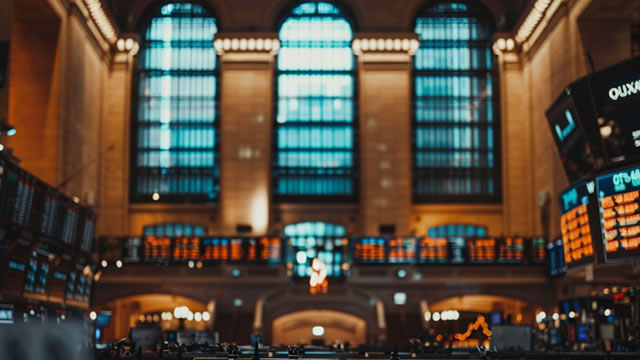A New Challenge for Emerging Market Central Banks: Balancing Economic Activity and Currency Stability
Last week, U.S. President Donald Trump dealt a fresh blow to emerging markets with his decision to impose tariffs on imported steel and aluminum. This move, which comes on the heels of other protectionist measures, has left many central banks in these countries grappling with a tough choice:
The Dilemma: Supporting Economic Activity or Stabilizing Currencies
On one hand, these central banks want to support economic activity by keeping interest rates low. Low interest rates make it cheaper for businesses and consumers to borrow, which can help spur growth. However, low interest rates also make a country’s currency less attractive to foreign investors, leading to depreciation.
The Impact on Emerging Markets: A Look at Some Specific Cases
Let’s take a look at a few examples of how this dilemma is playing out in different emerging markets:
-
India:
The Indian rupee has been one of the worst performing currencies in Asia this year, and the tariffs are only making things worse. The Reserve Bank of India (RBI) has been trying to support the rupee by selling dollars in the foreign exchange market. However, with the U.S. Federal Reserve expected to raise interest rates multiple times this year, it’s becoming increasingly difficult for the RBI to keep interest rates low while also defending the rupee.
-
Turkey:
The Turkish lira has also been under pressure, with the country’s economy growing more slowly than expected and inflation running high. The Turkish central bank has been trying to keep interest rates high to combat inflation, but the tariffs are making it more difficult for the bank to do so without hurting economic growth.
-
Brazil:
Brazil’s central bank has been more successful in balancing the needs of economic activity and currency stability, thanks in part to a strong commodity export sector. However, even Brazil is feeling the effects of the tariffs, with the real currency experiencing some volatility in response to uncertainty in the global economy.
The Impact on Consumers and Businesses: What Does This Mean for You?
The tariffs are likely to lead to higher prices for consumers and businesses in the United States, as the cost of imported goods goes up. However, the impact on consumers and businesses in emerging markets will depend on how their central banks respond to the challenges posed by the tariffs. In some cases, higher interest rates could lead to slower economic growth, making it more difficult for businesses to expand and for consumers to afford goods and services.
The Impact on the World: A Global Perspective
The tariffs are just one factor contributing to uncertainty in the global economy. Other factors, such as geopolitical tensions and concerns about inflation, are also playing a role. The impact of these factors on different countries and regions will depend on a variety of factors, including their economic fundamentals, their trade relationships with the United States, and the actions of their central banks.
Conclusion: Navigating the Complexities of the Global Economy
The decision by the U.S. to impose tariffs on imported steel and aluminum has thrown a curve ball to emerging market central banks, forcing them to make tough choices between supporting economic activity and keeping fragile currencies stable. The impact of these choices on consumers, businesses, and the global economy as a whole will depend on a variety of factors, including the actions of central banks and the overall state of the global economy. As the situation continues to evolve, it will be important for policymakers and investors to stay informed and adapt to the changing landscape.
Sources:
- Bloomberg. (2018, March 6). India Rupee Leads Asia’s Worst Performers Amid Trade Tensions.
- Reuters. (2018, March 5). Turkey’s Central Bank Hikes Rates Amid Inflation, Currency Pressure.
- The Wall Street Journal. (2018, March 6). Brazil Central Bank Holds Rates Amid Inflation Concerns.





